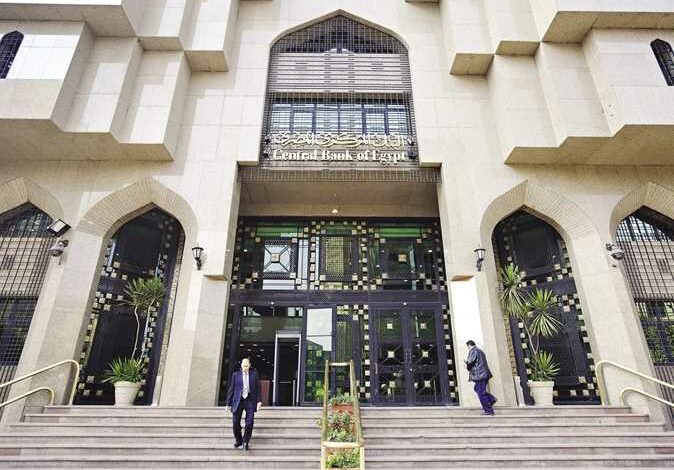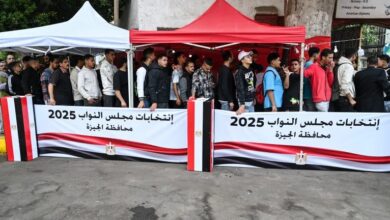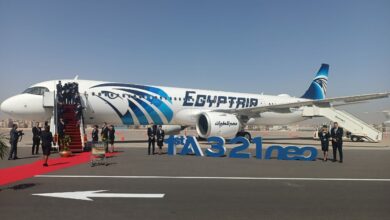
Egypt’s external debt rose again during the first quarter of fiscal year 2024-2025 compared to the last quarter of the previous year, even despite the inflow of funds from the Ras al-Hekma land deal signed by Egypt with the UAE.
The country’s external debt rose on a seasonal basis by 1.5 percent during the first quarter of the current fiscal year – an increase of about US$2.32 billion – according to the Central Bank of Egypt’s data on external debt published on Monday.
The external debt amounted to $155.2 billion by the end of the first quarter of the current fiscal year in September, compared to about $152.88 billion in the previous quarter ending in June 2024.
The Egyptian government’s fiscal year begins on the first of July of each year and ends on the last of June of the following year.
Egypt’s debts decreased during the second half of the previous fiscal year by about $14 billion from January to June 2024, thanks to the inflows of the Ras al-Hekma deal.
During the first half of last year, Egypt received $24 billion from UAE, in addition to settling $11 billion in Emirati deposits owed by Egypt, which contributed to reducing the external debt.
Egypt signed in February 2024 a contract to develop Ras al-Hekma city on the North Coast in an investment partnership with the UAE.
The deal was described by the Egyptian government as “the largest foreign direct investment deal in the country’s history.”
The Ras al-Hekma deal included foreign direct investment worth US$ 35 billion, according to an announcement by the Egyptian government at the time.




